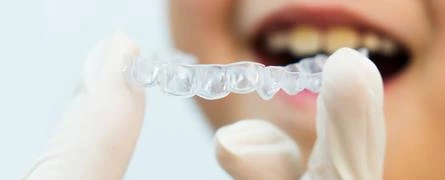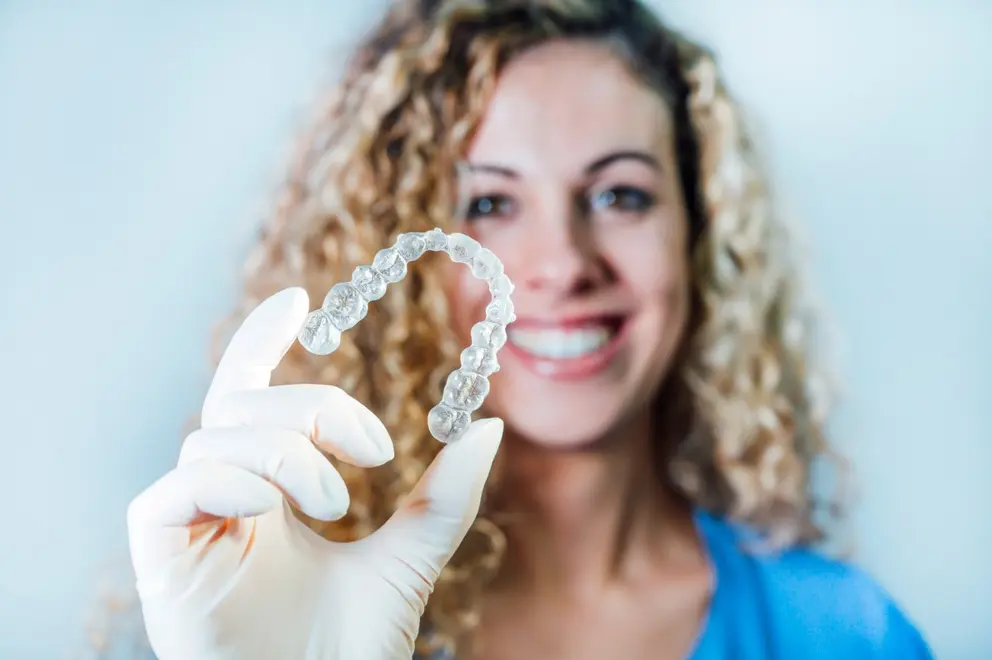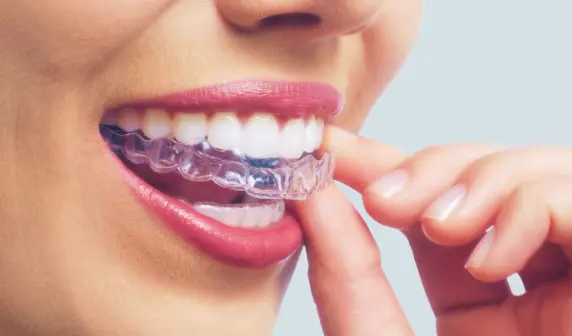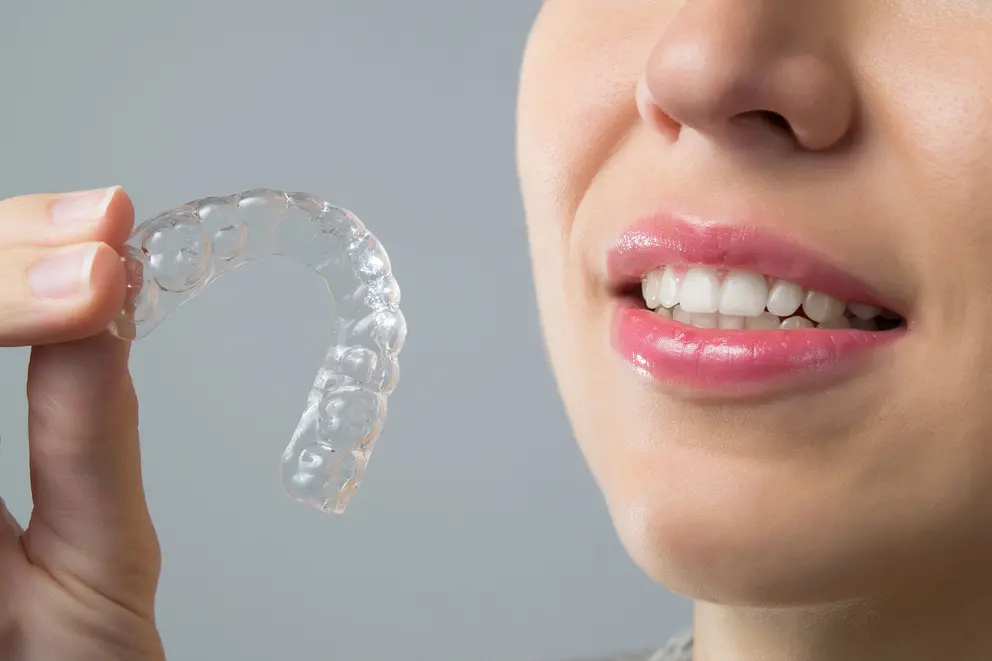
How to
Make Your Retainer Fit Again
Avoid forcing your retainer if it doesn't fit properly. It could harm your teeth or damage the retainer. This discomfort may be because of a misshapen retainer or shifted teeth.
In such cases, reach out to your orthodontist. They will check your teeth and retainer during your appointment.
For a Hawley retainer, adjustments can be made for a better fit. For clear plastic retainers, a new set can be created from the original or a new mold.
This is part of orthodontic care for shifted teeth post-retainer use. This is a common issue in orthodontic treatment. Even with permanent retainers, teeth can shift over a long time.



